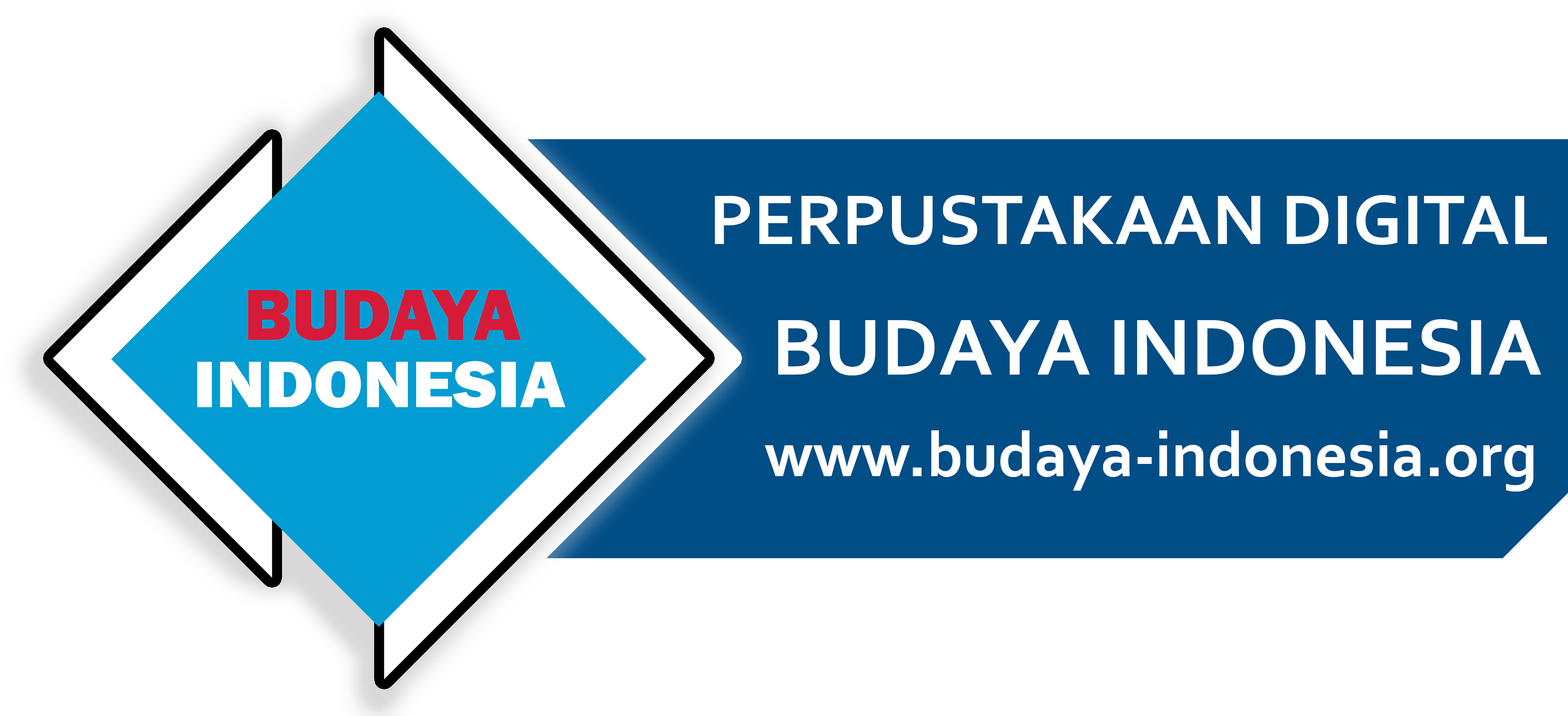Perspectives on the Indonesian Sociophysics
Indonesia is a diverse and dynamics country. The behavior of its society is very complex to study. To understand such complexity, we can use sociophysics model. It is a field of study which offers a unique lens that often centered around the cellular automata. The cellular automata is a powerful
TUAK IN THE BATAK TOBA CUSTOM
INFOBUDAYA.NET — North Sumatra (SUMUT) Province, which is inhabited by various ethnicities, certainly attracts the interest of the general public to get to know the customs, culture, history, and panoramas that stretch there. When talking about typical Indonesian food and drinks, of course, it will never run out of discussion,
Bolelebo: A Song of Longing, Pride, and Collective Genius from East Nusa Tenggara
INFOBUDAYA.NET — East Nusa Tenggara (NTT) is a province in eastern Indonesia known for its stunning landscapes and deep-rooted traditions. This province is the birthplace of a touching and iconic regional song called Bolelebo. More than just a melody, Bolelebo expresses the deep emotions of identity, belonging, and the powerful
MANIFESTATION OF BADENDANG ROTANG TRADITION AS A SHARED TRADITION AHEAD OF CHRISTMAS AND NEW YEAR
Infobudaya.net – December is a special month for Christians and also all levels of society. The celebration of Christmas along with the turn of the year makes society united in welcoming December. However, this month also often triggers friction that is considered to disrupt diversity. Terrorist acts are the main

Merayakan Keberagaman: Wujud Bhinneka Tunggal Ika dalam Tradisi Semangat Natal dan Tahun Baru
Perayaan Natal dan Tahun Baru menjadi bukti perayaan keberagaman di Indonesia. Tradisi Natal dan Tahun Baru tetap semarak meskipun sebagian besar penduduk Indonesia menganut Islam. Perayaan ini menjadi panggung bagi keberagaman budaya dan keagamaan. Wujud Bhinneka Tunggal Ika tercermin di dalamnya. Bhinneka Tunggal Ika adalah sebuah konsep yang menyatukan perbedaan

Manifestasi Tradisi Badendang Rotang sebagai Tradisi Bersama Menjelang Natal dan Tahun Baru
Desember menjadi bulan yang istimewa bagi umat kristen dan juga semua kalangan masyarakat. Perayaan Natal beriringan dengan pergantian tahun membuat masyarakat bersatu padu menyambut bulan Desember. Namun, bulan ini juga seringkali memicu pergesekan yang dinilai mengganggu kebhinekaan. Aksi terorisme merupakan faktor utama pemecah nilai kebhinekaan. Terorisme dengan embel-embel agama dan budaya tertentu,

Peran Deklarasi Djuanda Dalam Mewujudkan Persatuan dan Kesatuan Nusantara
Deklarasi Djuanda bertujuan untuk menetapkan bahwa wilayah perairan Negara Kesatuan Republik Indonesia yang semula meliputi sebagian laut di sekitar dan di antara pulau-pulau Indonesia yang merupakan laut bebas, menjadi milik Indonesia sepenuhnya. Deklarasi ini menjadi landasan bagi terwujudnya Hari Nusantara yang menghubungkan wilayah dan lautan Indonesia menjadi satu kesatuan yang utuh. Deklarasi

Pahlawan Budaya: Yang Muda Sebagai Penggerak, Yang Tua Sebagai Penggertak
“Indonesia darurat kebudayaan!” Sebuah kalimat yang terdengar miris namun nyatanya sangat realistis terhadap refleksi masyarakat Indonesia abad ke-20 ini. Meski bukan sepenuhnya salah modernisasi, namun perlu kita pahami bahwa modernitas adalah sebuah produk dari dua mata pedang globalisasi yang cukup meresahkan, di samping pengaruh positifnya secara cekatan telah merevitalisasi pola

Pahlawan Budaya, Pemegang Tonggak Peradaban Bangsa
Kebudayaan adalah harga diri sebuah bangsa. Hal ini selaras dengan pengertian kebudayaan menurut Andreas Eppink dalam bukunya Gazalba (1991:28), kebudayaan mengandung keseluruhan pengertian nilai sosial, norma sosial, ilmu pengetahuan, serta keseluruhan struktur-struktur sosial, religius, dan lain-lain, tambahan lagi segala pernyataan intelektual dan artistik yang menjadi ciri khas suatu masyarakat. Mempertahankan

PDBI: Menggiring Perpustakaan Menuju Era Digital yang Inklusif
Kehadiran teknologi digital telah mengubah banyak aspek kehidupan kita, termasuk cara kita mengakses dan berinteraksi dengan pengetahuan dan warisan budaya. Dalam era ini, Perpustakaan Digital Budaya Indonesia (PDBI) muncul sebagai sebuah platform yang memainkan peran penting dalam menggiring perpustakaan menuju era digital yang inklusif. Transformasi Digital dalam Dunia Perpustakaan Transformasi


